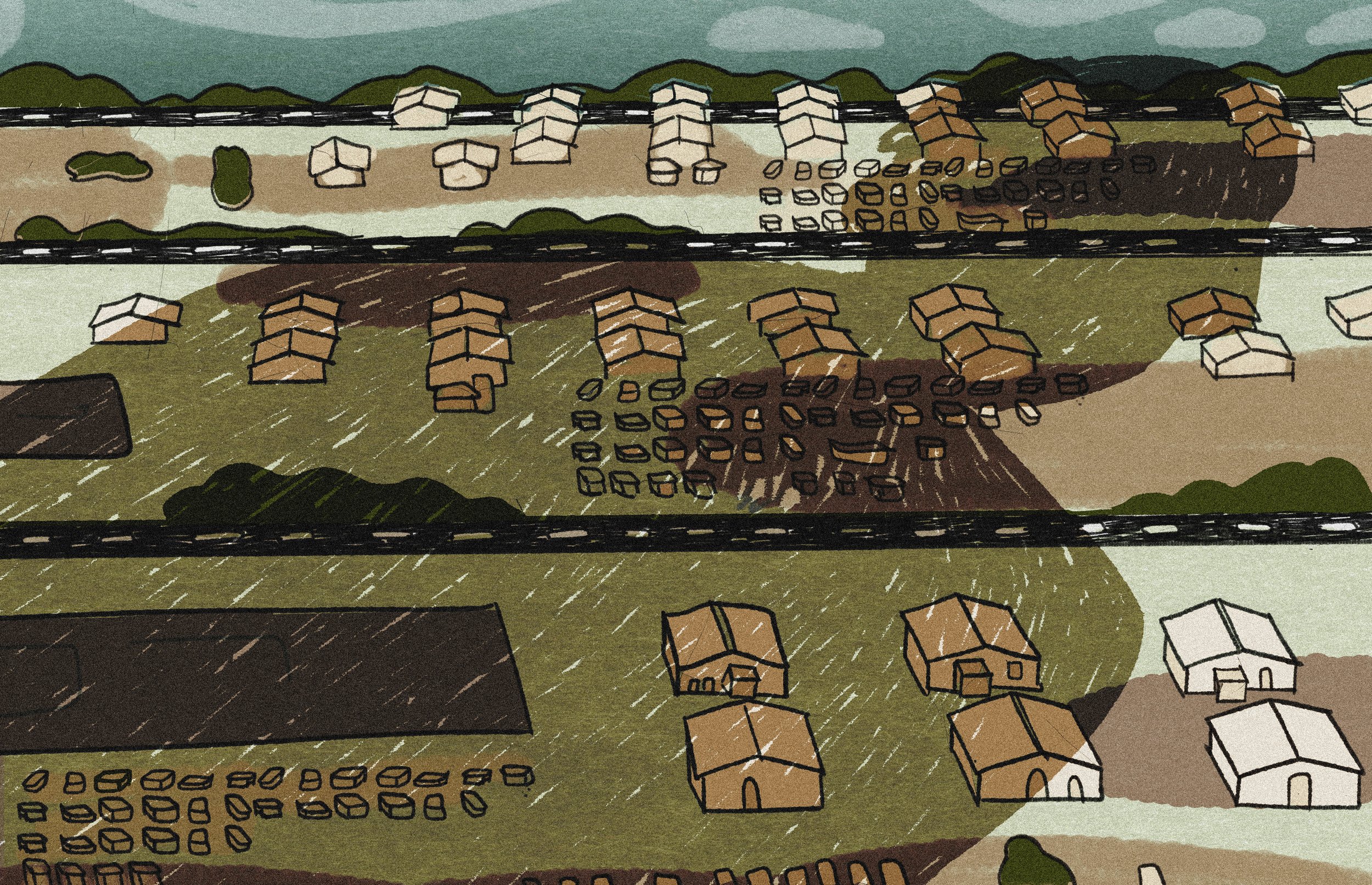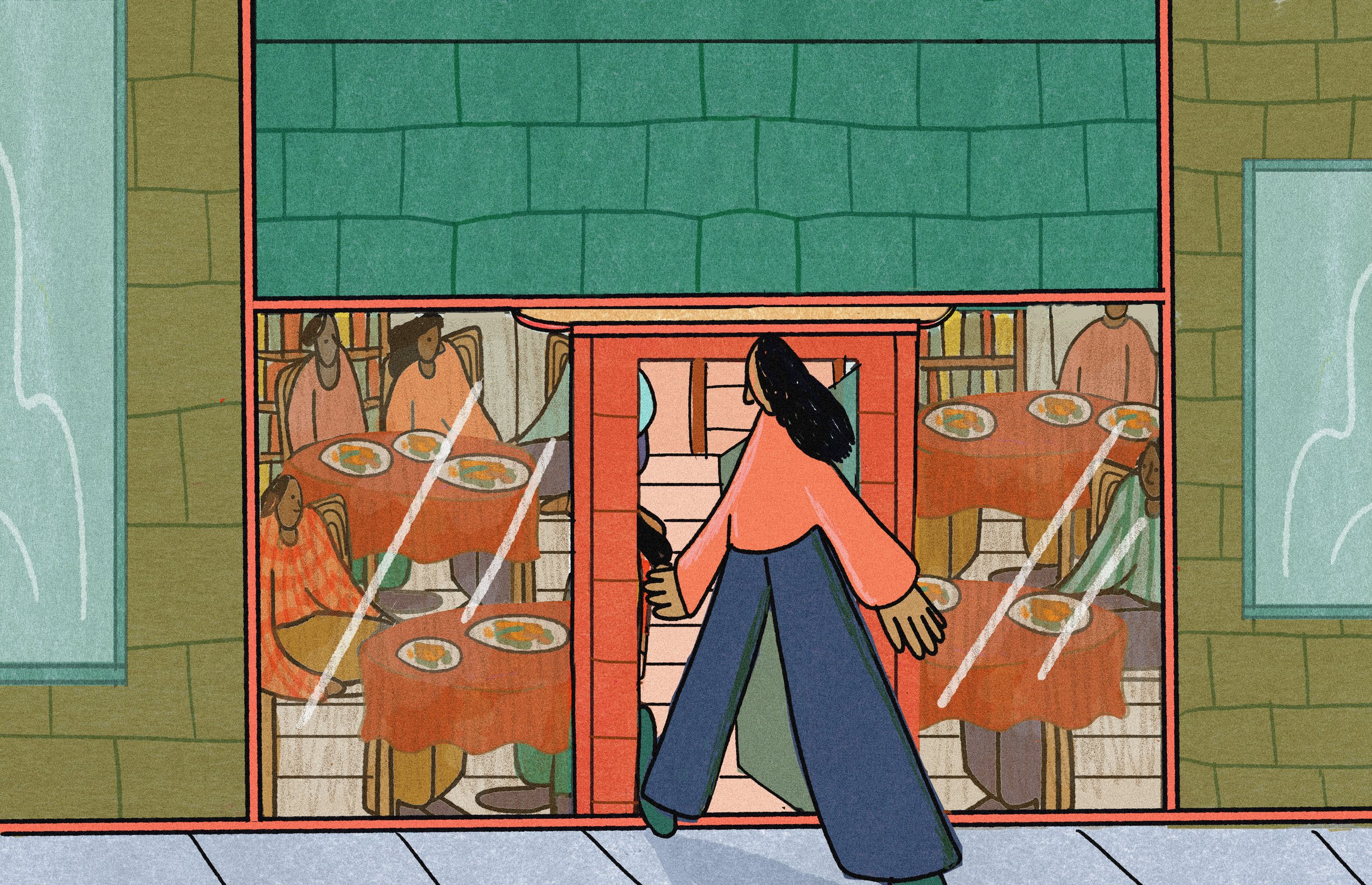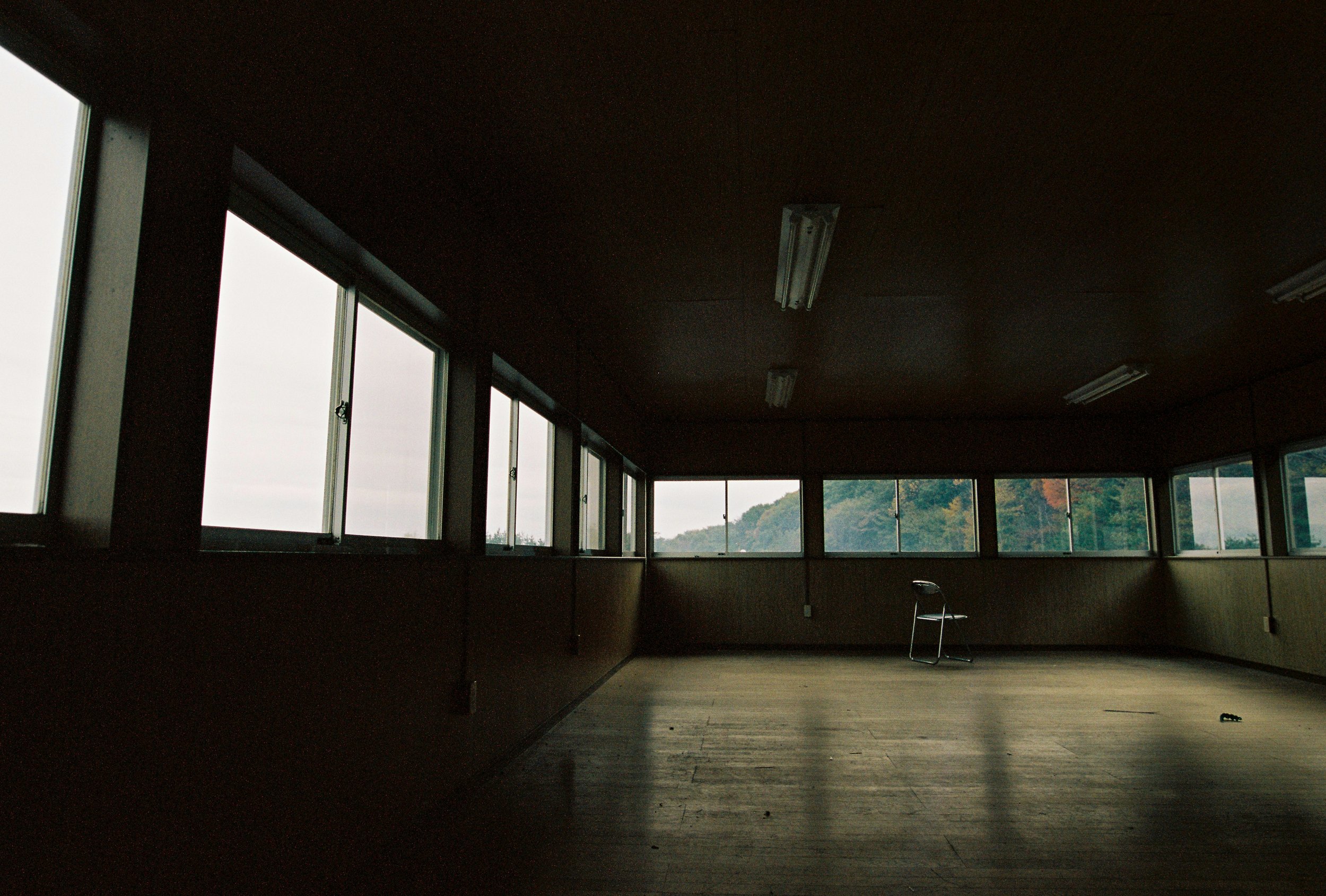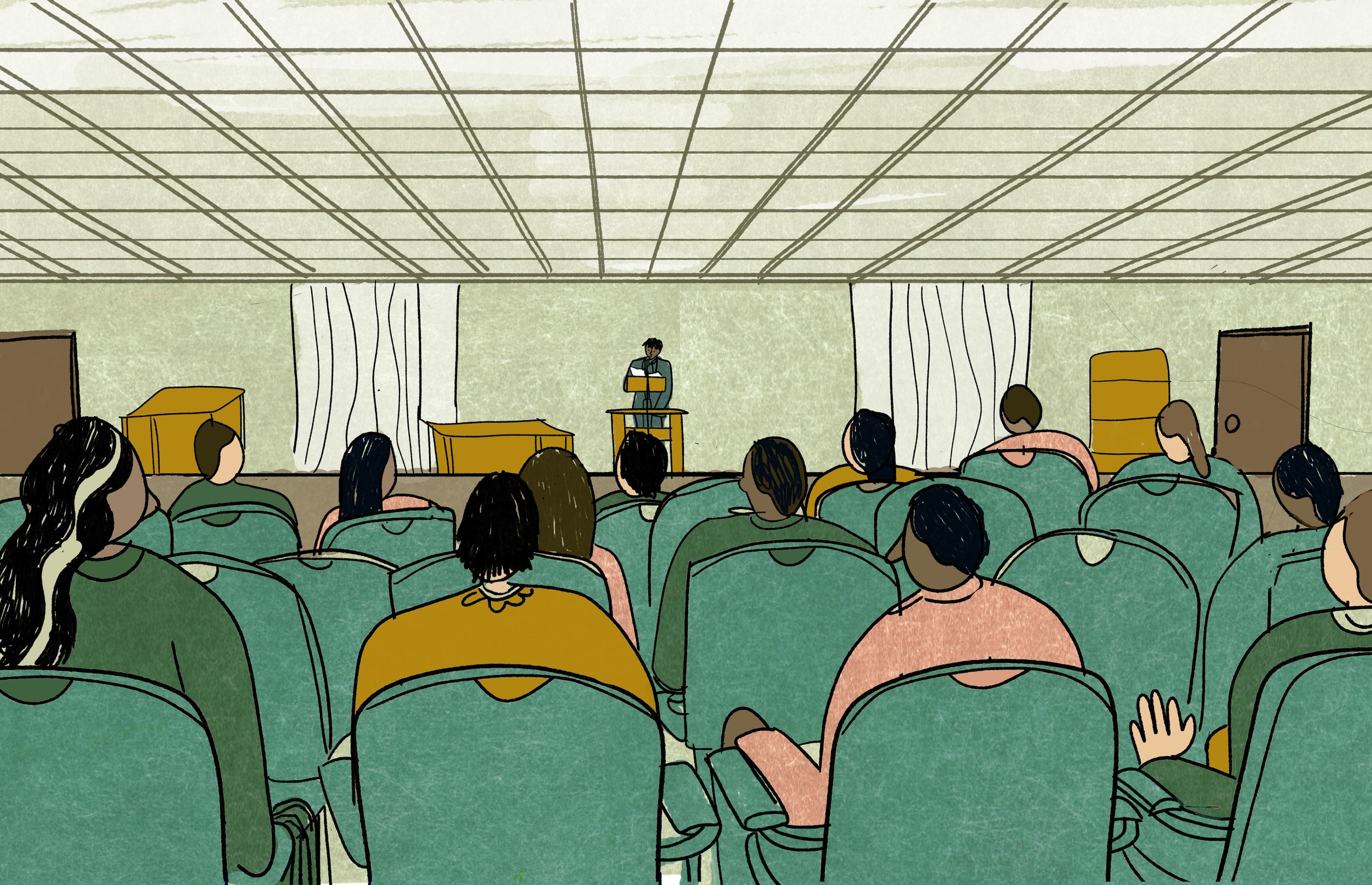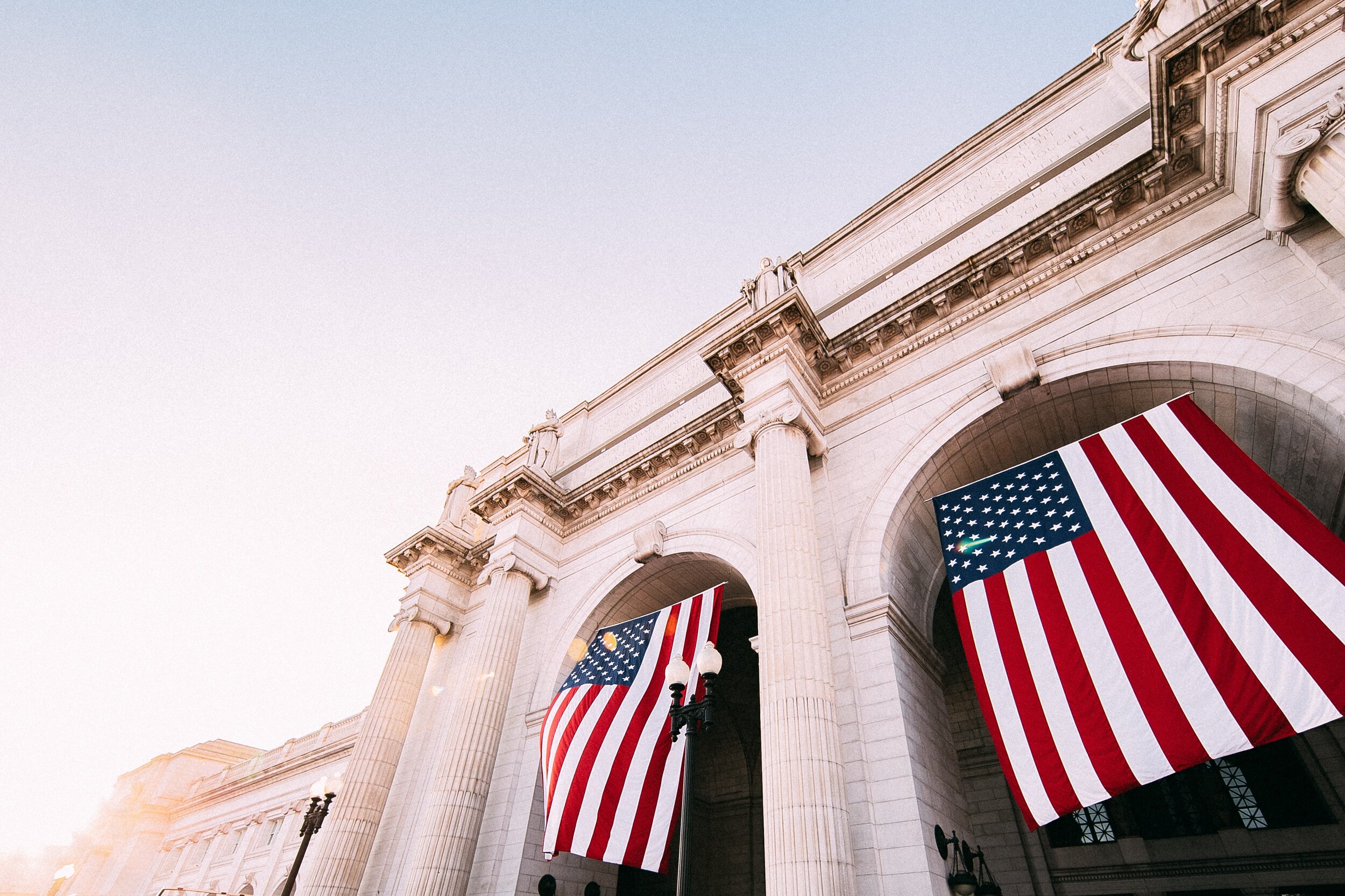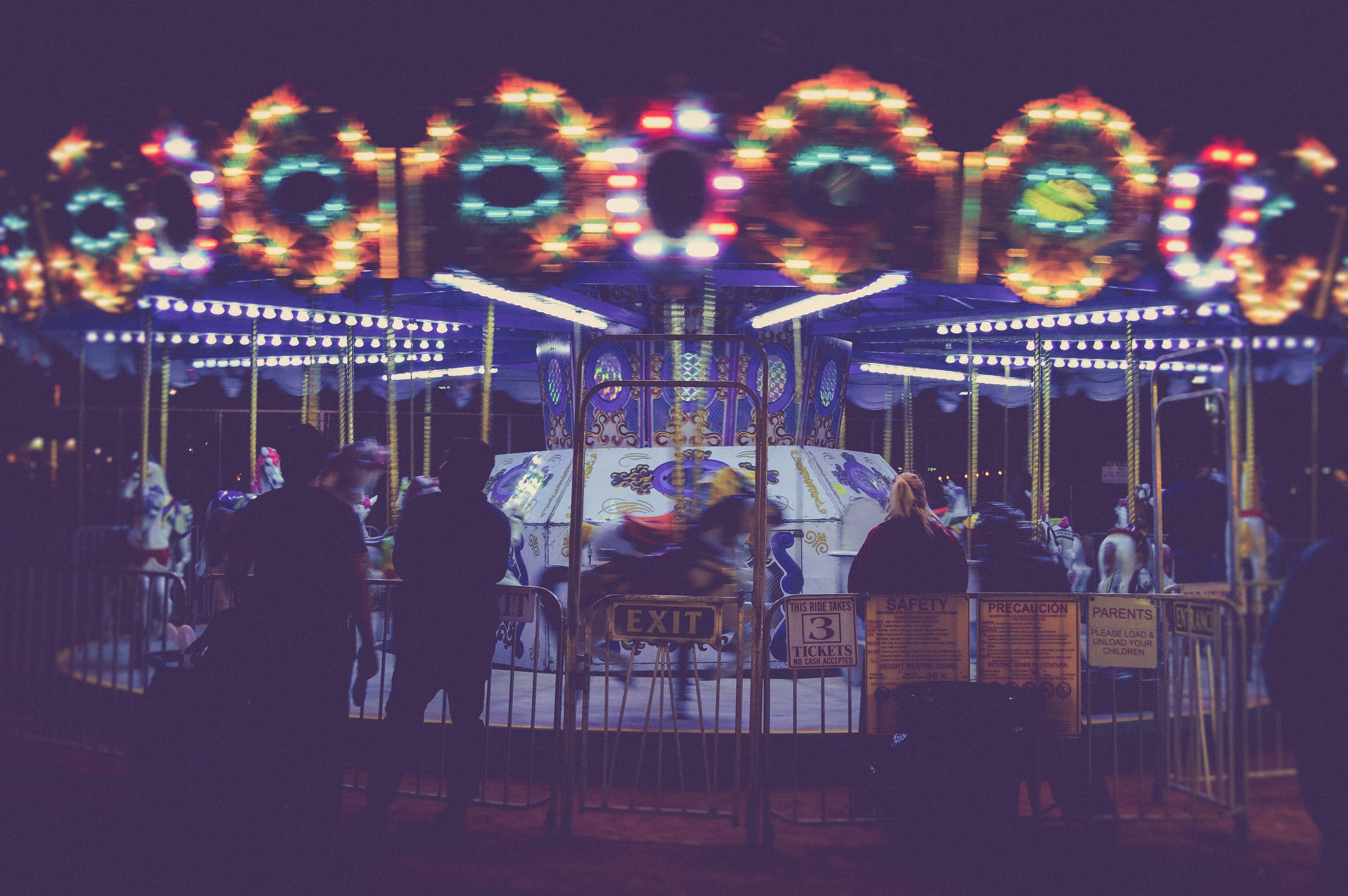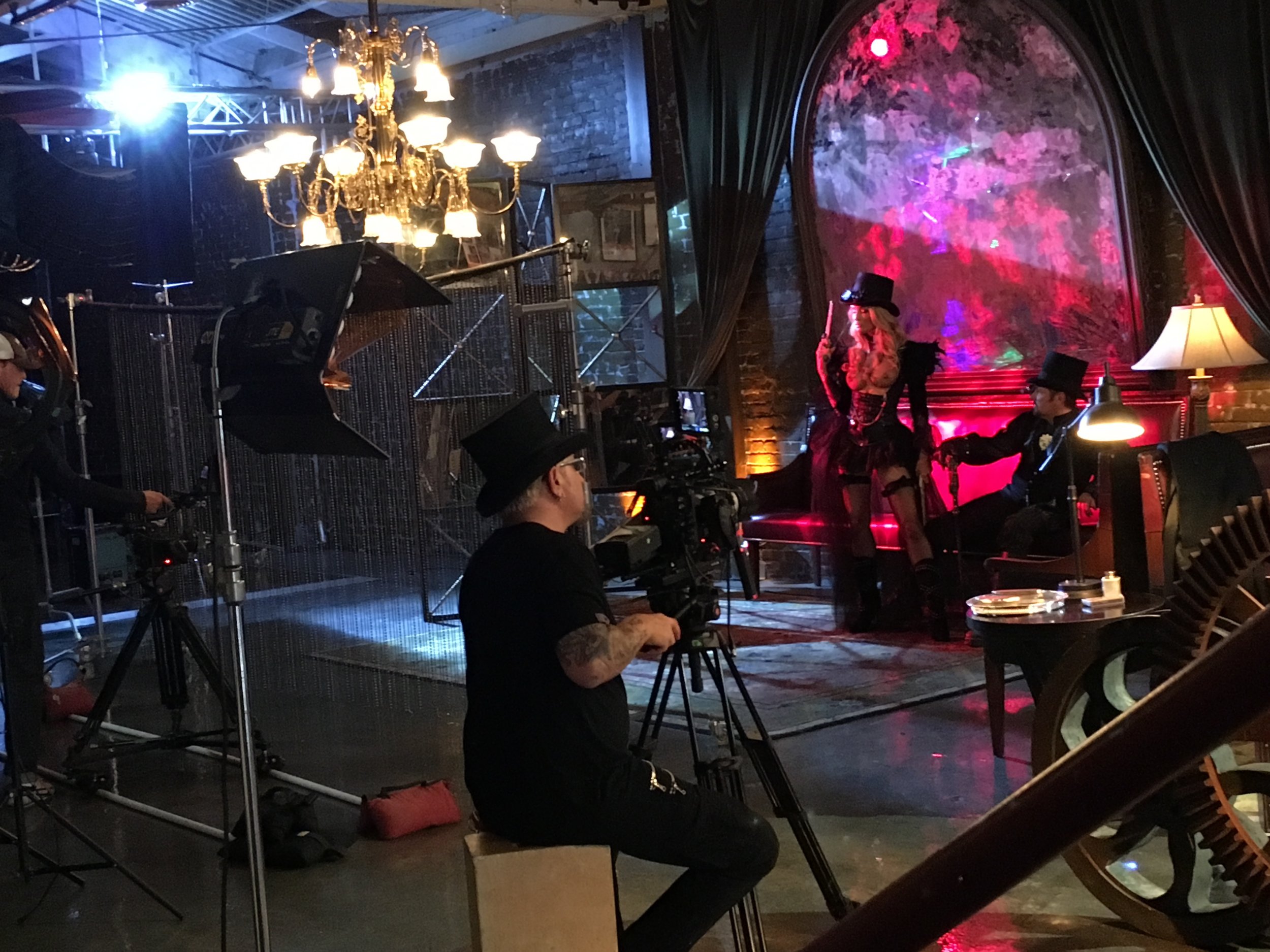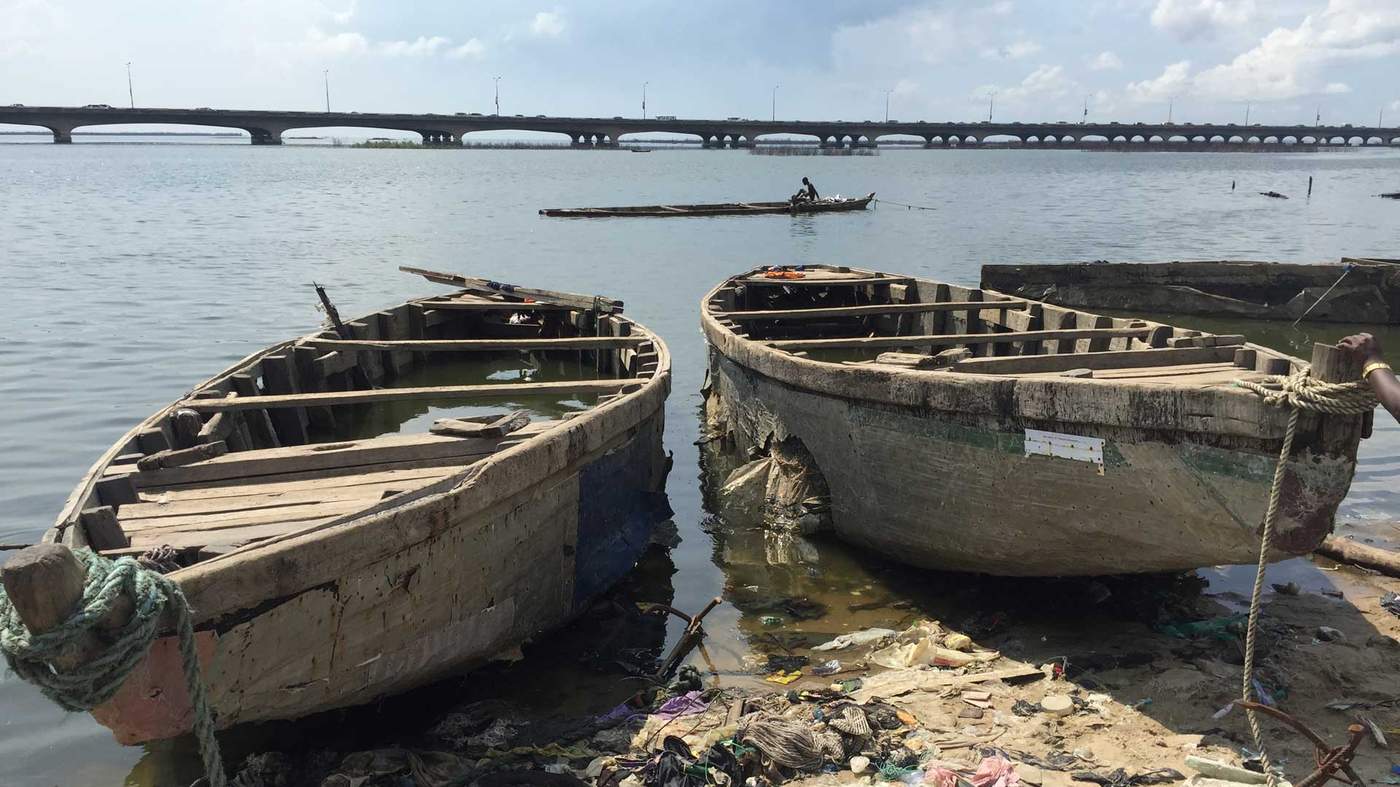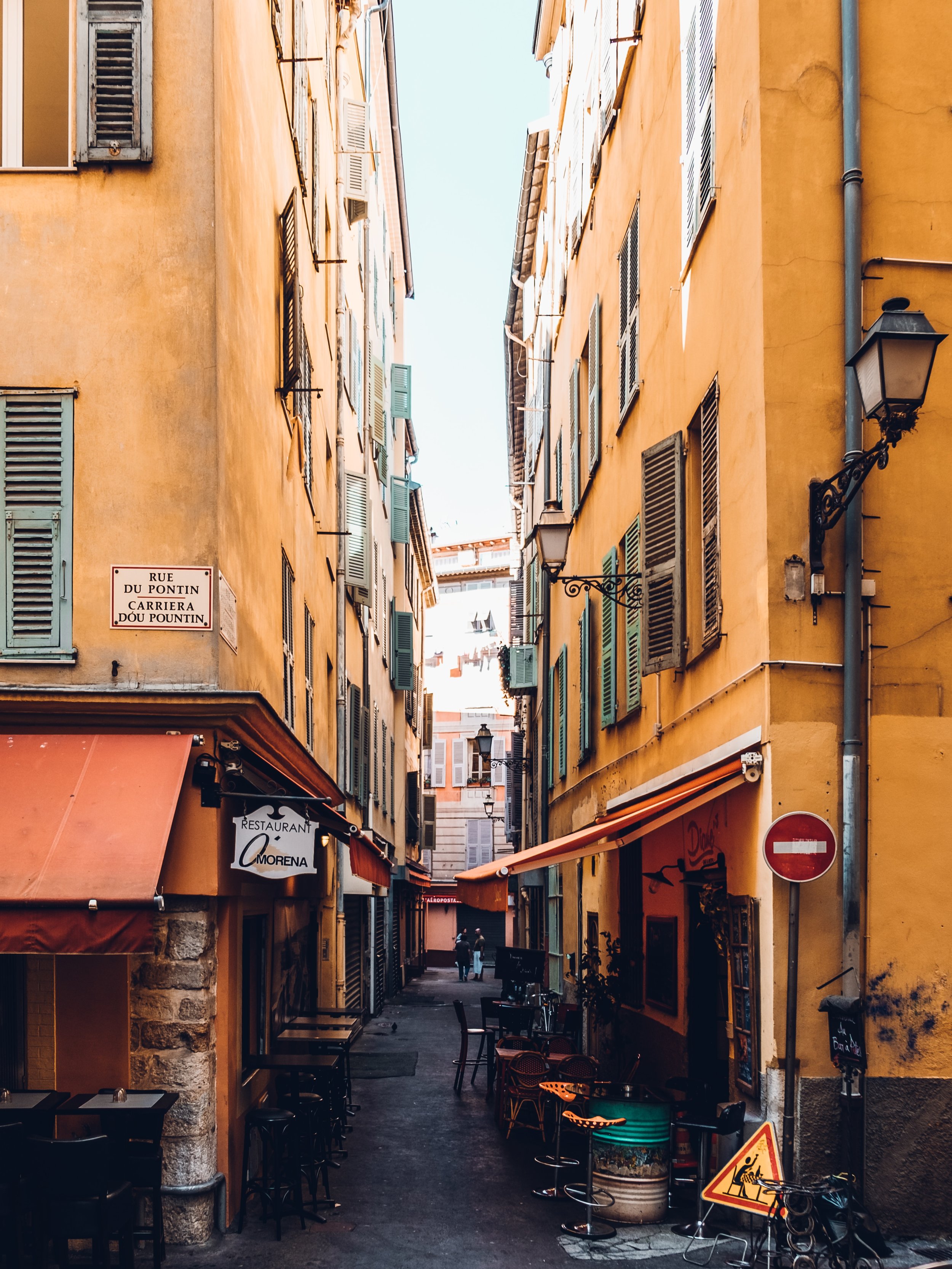The Moon and the Rock Shop Girls

While on a research trip to a once-booming uranium town, a young journalist discovers her love for adventure—and for the magic of the dusty Utah desert.
On the night of a full moon several summers ago, the rock shop girls picked me up in a beat-up jeep. Windows open to the cooling air, we drove several bumpy miles to a reservoir in the red rock desert south of Moab, Utah.
I've handled many more difficult drives on my own in the years since, but at the time I'd never been on a rough road in a jeep, let alone at night, let alone with near-strangers. One of the women passed around a joint, and at first she seemed to forget I was there. Then she remembered and asked if I minded, and if I wanted some (no, and yes, why not). The pot probably didn't help my nerves. Trying not to clench the armrest too tightly, I said something about how rocky the road was. Concern disguised as observation. The rocks are no big deal, the youngest of the women told me, unfazed and matter-of-fact. It's the sand you have to watch out for. You can't stop; you just have to conquer it. Foot on the gas, keep going. I tried to relax, to trust the rock shop girls.
I'd met these women, and begun to think of them as the rock shop girls—a nickname known only to me and my notes—earlier that day at the store where they worked. We'd accidentally gotten to know each other when the shop owner, whom I was in the middle of interviewing, disappeared into the back of the shop, determined to dig up an old map of Canyonlands National Park that he'd used in a brochure for his tour company decades earlier. The better part of an hour passed before he emerged triumphant. (It was worth it. That detailed hand-scrawled map hung over my desk for years.)
“The electric hum I felt then was a sign of looming obsession, a writerly but also personal sensation that’s barely distinguishable from falling in love.”
In the meantime, the rock shop girls priced and sorted a tray of fossilized bugs trapped in small pieces of amber, and asked me about my project: Was I there to learn the history of Moab? Or the history of the rock shop owner?
Both, kind of, I told them. I was doing research for the nonfiction MFA thesis I hoped to turn into a book, and I had in mind a sweeping arc: the story of Moab, from a valley of orchards and ranches to a booming uranium town to, now, a booming tourist town—told alongside the story of my own experiences there. Never mind that the latter was only just beginning to unfold. The shop owner, I quickly learned, would've made an intimidating book subject himself. Our wide-ranging and slightly scattered conversation included his plot to get the government to marbleize and bury all radioactive waste, and the story of the time he snuck into the Department of the Interior.
One of the rock shop girls offered me her phone number before I left. "Please text us," she said. "We go on adventures. We're even going on one tonight if you want to go for a full moon hike."
"I might!" I answered, trying to maintain some modicum of cool. This was probably the most interaction I'd had with people my own age since I'd arrived in Moab a week and a half earlier. Most days I spent hours talking and listening in interviews, but I hadn't yet had much in the way of normal social interaction. In my spare time I tried to take in the landscape in any way I could, which meant early morning walks, before the heat baked the desert unbearably, and long drives alone. But I was eager for friendship, for connection. I'd already been deeply drawn to the place, and I steered instinctively toward anything that might anchor me to it. And a moonlit adventure with the rock shop girls sounded pretty fucking cool.
Photo by Brooke Lark.
The hike turned out to be less of a hike and more of a brief scramble to reach a man-made waterfall, where we laid on a slab of sandstone and watched the moon and listened to the water trickle over red rock glazed moonlight-blue. We talked about how cool the rocks were, how you could see all kinds of faces in their curves and crags with the light all eerie and bright like this. We agreed that, for a moment, the clouds across the moon looked like an old wizard with a long beard. The rock shop girls mused about whether one of them should go on a date with a guy she didn't know who saw her at the grocery store, overheard her saying she worked at the rock shop, and called her there to ask her out.
They dropped me off around 1 a.m., by far the latest I'd been out since I'd arrived in Utah. That night I felt like a visitor, along for the ride in the backseat of someone else's life. But I liked it. It felt good to shrug off my writer persona and just be a slightly stoned 25-year-old lying on a rock looking at the moon. Or maybe I didn't fully shrug off my writer persona. My writing aims were loose, so everything that happened to me in Moab felt connected; every event had the electric hum of the potentially relevant.
Soon I made other friends, some transient, like me—recreation-driven towns like Moab see an influx of summer people—and eventually a few locals whom I still look up when I pass through. There was a romantic entanglement, and on later visits, another more lasting one. The man known to my friends as "Utah Matt" still sends sporadic messages to see what I'm up to, a small gesture but also a measure of care, a reminder of the way heartstrings can stretch thin until they reshape themselves into something else you might never have imagined.
But the connection I keep returning to all these years later is the one I have with the landscape itself, a relationship that was still fresh and undefined when I went on that full moon hike. The electric hum I felt then was a sign of looming obsession, a writerly but also personal sensation that's barely distinguishable from falling in love.
I never saw the rock shop girls again. I have only a blurry mental image of them, washed in bluish light and fuzzed over by the years. But when I think of them, I think of that night in the desert: how the moon lit the landscape like some kind of dream, how the red rock seemed to glow.
ABOUT THE AUTHOR
Rebecca Worby’s work has appeared in Pacific Standard, Brooklyn Magazine, Salon, Guernica, Orion, and High Country News. She received her MFA in creative nonfiction from Columbia University. She can be found on Twitter at @beccaworby.
Header photo by Septumia Jacobson.
Rebecca Worby’s work has appeared in Pacific Standard, Brooklyn Magazine, Salon, Guernica, Orion, and High Country News. She received her MFA in creative nonfiction from Columbia University.


